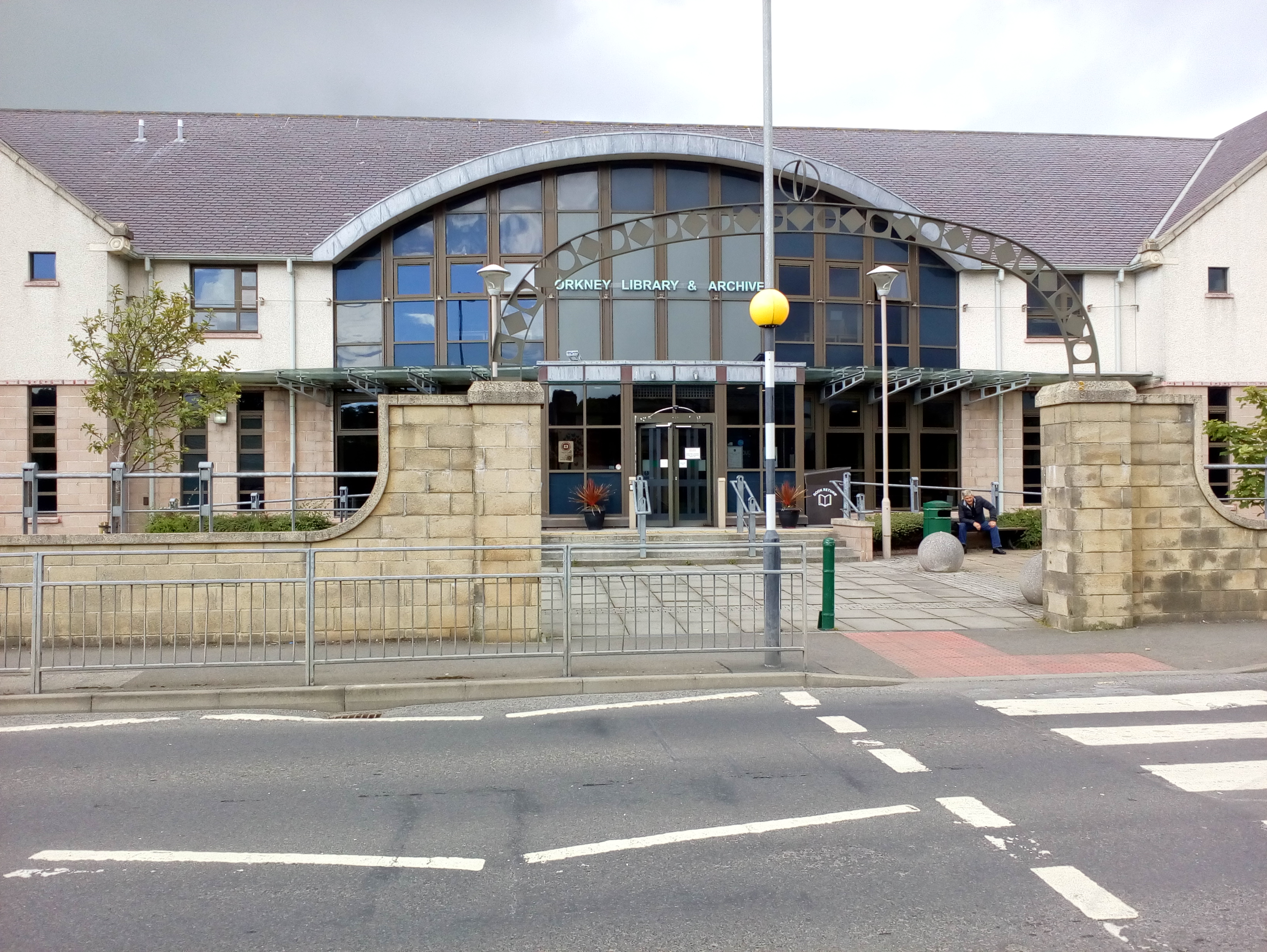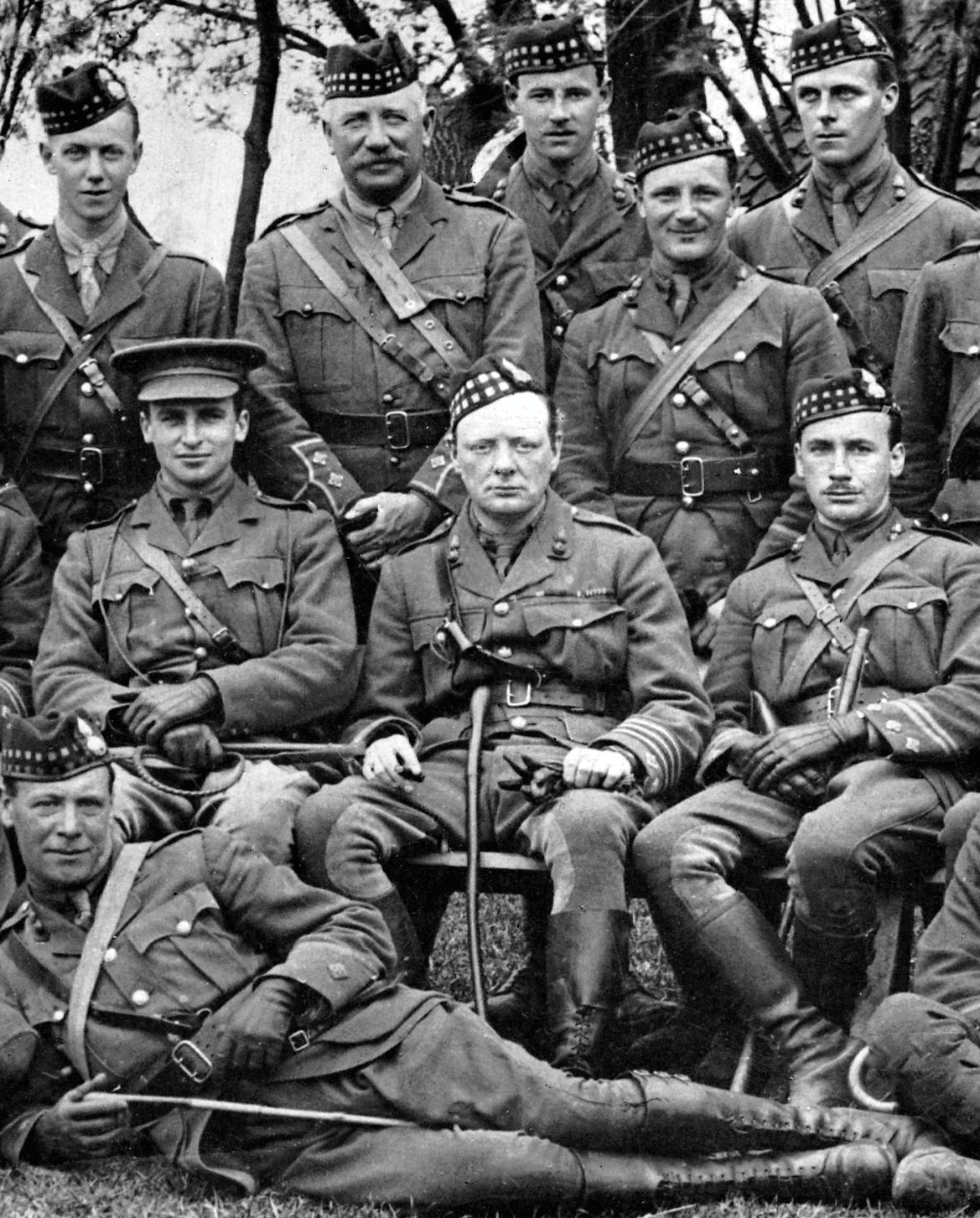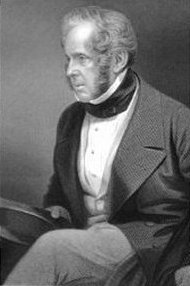|
Kirkwall Town Hall
Kirkwall Town Hall is a municipal building in Broad Street, Kirkwall, Orkney, Scotland. The structure, which is currently used as a community events venue, is a Category B listed building. History The first municipal building in Kirkwall was the old town hall in the grounds of the St Magnus Cathedral which was erected with a grant from James Douglas, 14th Earl of Morton in 1745. The walls were built with stones from Kirkwall Castle and the roof was constructed with slate from the Bishop's Palace. The building accommodated the burgh council offices as well as the county offices and courtroom. However, by the early 1880s, the building was very dilapidated, and the burgh council acquired a site on the west side of Broad Street which was occupied by the Commercial Hotel. The foundation stone for the new building was laid by Walter Erskine, 13th Earl of Kellie on 20 August 1884. It was designed by a local architect, Thomas Smith Peace, in the Scottish baronial style, built in cour ... [...More Info...] [...Related Items...] OR: [Wikipedia] [Google] [Baidu] |
Kirkwall
Kirkwall ( sco, Kirkwaa, gd, Bàgh na h-Eaglaise, nrn, Kirkavå) is the largest town in Orkney, an archipelago to the north of mainland Scotland. The name Kirkwall comes from the Norse name (''Church Bay''), which later changed to ''Kirkvoe'', ''Kirkwaa'' and ''Kirkwall''. Kirkwall was formerly the site of an ancient Norse town founded approximately 1000 years ago. Today, it is a transport hub with ferries to many locations. History The town was first mentioned in in the year 1046, when it was recorded as the residence of , the Earl of Orkney, who was killed by his uncle Thorfinn the Mighty. In 1486, King James III of Scotland elevated Kirkwall to the status of a royal burgh. On the western edge of the town, surrounded by Hatston Industrial Estate, there is a prehistoric monument, known as the "Grain Earth House" (see Historic Scotland). It is a short, low, stone-walled passage, deep underground, leading to a small pillared chamber. This kind of earth house (or "souterrai ... [...More Info...] [...Related Items...] OR: [Wikipedia] [Google] [Baidu] |
Battlement
A battlement in defensive architecture, such as that of city walls or castles, comprises a parapet (i.e., a defensive low wall between chest-height and head-height), in which gaps or indentations, which are often rectangular, occur at intervals to allow for the launch of arrows or other projectiles from within the defences. These gaps are termed " crenels" (also known as ''carnels'', or ''embrasures''), and a wall or building with them is called crenellated; alternative (older) terms are castellated and embattled. The act of adding crenels to a previously unbroken parapet is termed crenellation. The function of battlements in war is to protect the defenders by giving them something to hide behind, from which they can pop out to launch their own missiles. A defensive building might be designed and built with battlements, or a manor house might be fortified by adding battlements, where no parapet previously existed, or cutting crenellations into its existing parapet wall. A d ... [...More Info...] [...Related Items...] OR: [Wikipedia] [Google] [Baidu] |
1945 United Kingdom General Election
The 1945 United Kingdom general election was a national election held on 5 July 1945, but polling in some constituencies was delayed by some days, and the counting of votes was delayed until 26 July to provide time for overseas votes to be brought to Britain. The governing Conservative Party sought to maintain its position in Parliament but faced challenges from public opinion about the future of the United Kingdom in the post-war period. British Prime Minister Winston Churchill proposed to call for a general election in Parliament, which passed with a majority vote less than two months after the conclusion of the Second World War in Europe. The election's campaigning was focused on leadership of the country and its postwar future. Churchill sought to use his wartime popularity as part of his campaign to keep the Conservatives in power after a wartime coalition had been in place since 1940 with the other political parties, but he faced questions from public opinion surrounding ... [...More Info...] [...Related Items...] OR: [Wikipedia] [Google] [Baidu] |
Archibald Sinclair, 1st Viscount Thurso
Archibald Henry Macdonald Sinclair, 1st Viscount Thurso, (22 October 1890 – 15 June 1970), known as Sir Archibald Sinclair between 1912 and 1952, and often as Archie Sinclair, was a British politician and leader of the Liberal Party. Background and education Sinclair was born in 1890 in Caithness, Scotland. Sinclair was the son of a Scottish father, Clarence Granville Sinclair, and his American wife Mabel Sands, daughter of Mahlon Day Sands, and half-sister of Ethel Sands. His mother died shortly after his birth, and his father in 1895. He was brought up in families including those of his paternal grandfather Sir Tollemache Sinclair, 3rd Baronet, his uncle William Macdonald Sinclair, and Owen Williams, married to his aunt Nina. Educated at Eton College and the Royal Military College, Sandhurst, Sinclair was commissioned into the Life Guards in 1910. In 1912, he succeeded his grandfather, as the fourth Baronet, of Ulbster. He became one of the largest landowners in the U ... [...More Info...] [...Related Items...] OR: [Wikipedia] [Google] [Baidu] |
Leader Of The Liberal Party (UK)
The Liberal Party was formally established in 1859 and existed until merging with the Social Democratic Party in 1988 to create the Liberal Democrats. Leadership selection 1859–1969 Before the adoption of the 1969 constitution of the party, the party was led by the prime minister or the most recent politically active prime minister from the party. In the absence of one of these, the leaders in the House of Lords and House of Commons were of equal status and jointly led the party. When a new leader was required, with the party in government, the monarch selected him by appointing someone as Prime Minister. However, in 1916 David Lloyd George, with the support of a minority of the Liberal MPs, formed a coalition government. H. H. Asquith, the former Prime Minister, remained as Liberal Party leader. Asquith retained the leadership until his health failed in 1926, including periods when he was not in the Commons or was a peer. He was the last leader of the whole party under the o ... [...More Info...] [...Related Items...] OR: [Wikipedia] [Google] [Baidu] |
Warship Week
Warship Weeks were British National savings campaigns during the Second World War, with the aim of a Royal Navy warship being adopted by a civil community. During the early parts of the war, the Royal Navy not only had lost many capital ships but was facing increasing pressure to provide escorts for convoys in the Atlantic. While there was not a shortage of sailors, ships sunk by enemy action had to be replaced. The equivalent for the British Army was Salute the Soldier Week and the equivalent for the Royal Air Force was Wings for Victory Week. Campaign Local fund-raising A level of savings would be set to raise enough money to provide the cost of building a particular naval ship. The aim was for cities to raise enough to adopt battleships and aircraft carriers, while towns and villages would focus on cruisers and destroyers. Smaller towns and villages would be set a lower figure. Once the target money was saved for the ship, the community would adopt the ship and its crew. ... [...More Info...] [...Related Items...] OR: [Wikipedia] [Google] [Baidu] |
World War II
World War II or the Second World War, often abbreviated as WWII or WW2, was a world war that lasted from 1939 to 1945. It involved the vast majority of the world's countries—including all of the great powers—forming two opposing military alliances: the Allies and the Axis powers. World War II was a total war that directly involved more than 100 million personnel from more than 30 countries. The major participants in the war threw their entire economic, industrial, and scientific capabilities behind the war effort, blurring the distinction between civilian and military resources. Aircraft played a major role in the conflict, enabling the strategic bombing of population centres and deploying the only two nuclear weapons ever used in war. World War II was by far the deadliest conflict in human history; it resulted in 70 to 85 million fatalities, mostly among civilians. Tens of millions died due to genocides (including the Holocaust), starvation, ma ... [...More Info...] [...Related Items...] OR: [Wikipedia] [Google] [Baidu] |
The Mission To Seafarers
The Mission to Seafarers (formerly The Missions to Seamen) is a Christian welfare charity serving merchant crews around the world. It operates through a global Mission 'family' network of chaplains, staff and volunteers and provides practical, emotional and spiritual support through ship visits, drop-in seafarers centres and a range of welfare and emergency support services. Work The Mission to Seafarers is a mission society of the Anglican Communion which offers help and support to merchant seafarers. The charity provides its services through the chaplains that it appoints to port centres in over 50 countries. Ship visitors supported by volunteers, are able to give free advice about employment issues or personal problems, as well as offer help in maritime emergencies. Through its centres the Mission to Seafarers provides communications, stores, transport services and publishes a bi-monthly news digest for seafarers called ''The Sea''. Network The Mission to Seafarers has oper ... [...More Info...] [...Related Items...] OR: [Wikipedia] [Google] [Baidu] |
World War I
World War I (28 July 1914 11 November 1918), often abbreviated as WWI, was one of the deadliest global conflicts in history. Belligerents included much of Europe, the Russian Empire, the United States, and the Ottoman Empire, with fighting occurring throughout Europe, the Middle East, Africa, the Pacific, and parts of Asia. An estimated 9 million soldiers were killed in combat, plus another 23 million wounded, while 5 million civilians died as a result of military action, hunger, and disease. Millions more died in genocides within the Ottoman Empire and in the 1918 influenza pandemic, which was exacerbated by the movement of combatants during the war. Prior to 1914, the European great powers were divided between the Triple Entente (comprising France, Russia, and Britain) and the Triple Alliance (containing Germany, Austria-Hungary, and Italy). Tensions in the Balkans came to a head on 28 June 1914, following the assassination of Archduke Franz Ferdin ... [...More Info...] [...Related Items...] OR: [Wikipedia] [Google] [Baidu] |
Orcadian Women's Suffrage Society
The Orcadian Women's Suffrage Association was an organisation involved in campaigning for women’s suffrage, based in Orkney, Scotland. Formation The first meeting of the society was held in the house of James and Bina Cursiter on September 25, 1909. It was formed a month after a visit to Orkney by Chrystal Macmillan, by the chair Mary Anne Baikie of Tankerness, who led the group to expand rapidly and to bring together men and women, to debate the political developments and to host leaders from national groups. Activities The organisation was affiliated to the National Union of Women's Suffrage Societies. As such, their activities mirrored those of many other suffragist groups. They conveyed their message by addressing public meetings, distributing leaflets, and writing to the local press to promote the cause of women's suffrage. In 1911, a banner, created by Stanley Cursiter and Christina Jamieson, of the Shetland Women's Suffrage Society, was taken to London for the S ... [...More Info...] [...Related Items...] OR: [Wikipedia] [Google] [Baidu] |
Mary Anne Baikie
Mary Anne Baikie (1861–1950) was a Scottish suffragist who established the Orcadian Women's Suffrage Society (OWSS) and grew the membership and public interest in the debate, in the Orkney Isles, during the campaigns for Votes for Women. Suffragist leadership Baikie chaired the first official public meeting in Orkney to form a society for women's suffrage, on 25 October 1909. This followed a preliminary meeting at the home of James and Bina Cursiter, when Chrystal Macmillan, the suffragist champion of women's rights to a university education, had visited in Orkney, a month before. Baikie spoke at the launch in Kirkwall Town Hall, saying:''I do not come as a political woman, but I have come as a friend of the cause of women, because of my sincere conviction, held since my early youth, that the suffrage will raise the status, and improve the condition of all women - particularly the women workers''. ''She proceeded to argue that from the Magna Carta and the 'British ... [...More Info...] [...Related Items...] OR: [Wikipedia] [Google] [Baidu] |
Haakon IV Of Norway
Haakon IV Haakonsson ( – 16 December 1263; Old Norse: ''Hákon Hákonarson'' ; Norwegian: ''Håkon Håkonsson''), sometimes called Haakon the Old in contrast to his namesake son, was King of Norway from 1217 to 1263. His reign lasted for 46 years, longer than any Norwegian king since Harald Fairhair. Haakon was born into the troubled civil war era in Norway, but his reign eventually managed to put an end to the internal conflicts. At the start of his reign, during his minority, Earl Skule Bårdsson served as regent. As a king of the birkebeiner faction, Haakon defeated the uprising of the final bagler royal pretender, Sigurd Ribbung, in 1227. He put a definitive end to the civil war era when he had Skule Bårdsson killed in 1240, a year after he had himself proclaimed king in opposition to Haakon. Haakon thereafter formally appointed his own son as his co-regent. Under Haakon's rule, medieval Norway is considered to have reached its zenith or golden age. His reputation and for ... [...More Info...] [...Related Items...] OR: [Wikipedia] [Google] [Baidu] |








